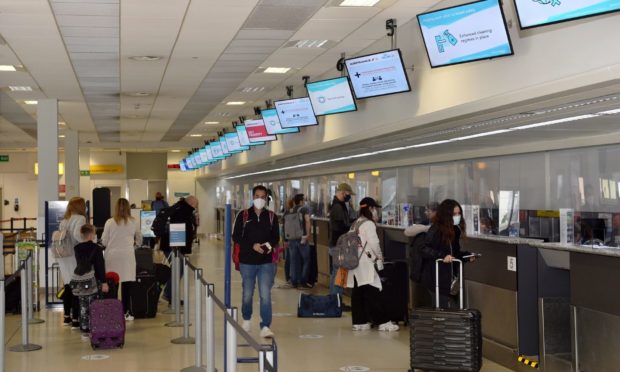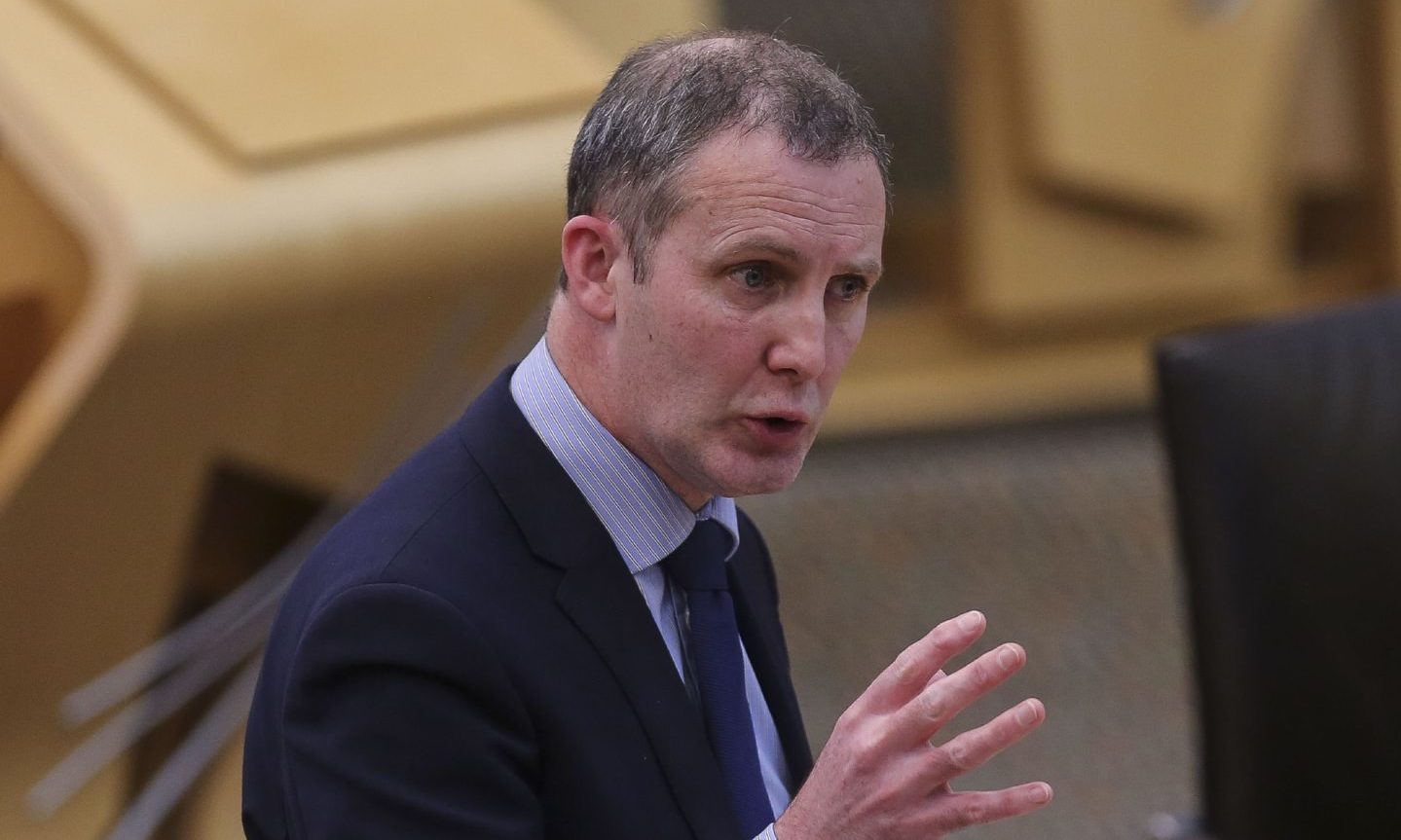Major changes to the Covid travel restrictions have been announced in Scotland to simplify trips abroad.
The Scottish Government has simplified the traffic light system, shortly after England did the same.
Green and amber classifications will merge, but the red list will be retained for those countries deemed to have high coronavirus case rates or variants of concern.
Among other countries, Turkey, Egypt and the Maldives will all be removed from the red list from 4am on Wednesday, September 22.
Fully vaccinated travellers to avoid quarantine
The current amber-level restrictions will become the default for travellers from non-red countries, with eligible fully vaccinated travellers able to benefit from quarantine-free travel.
The number of countries recognised in the eligible vaccinated traveller policy is also to be expanded to recognise countries where vaccine certification meets appropriate standards.
From October 4, the date the current rules end, this expanded list will include people vaccinated in Canada, Australia, Israel, and New Zealand.
However, the Scottish Government has not adopted the UK Government’s decision to remove the requirement for a pre-departure test in England and to use lateral flow tests on day two.
This is due to “significant concerns at the impact on public health”, they said.
The government explained the testing of international travellers before and after travel was an important part of their border surveillance to minimise the risk of importing new variants.
Whilst they hope to maintain a four nations approach to travel, the government said it would need to carefully consider the risks associated with aligning with the UK Government.
‘Major step’ forward for tourism
Transport Secretary Michael Matheson said the simplification of the system recognises the success of global vaccination programmes.
He said: “This is a major step but one with sensible safeguards built in recognising the success of the Scottish Government’s vaccination programme.
“The expansion of the eligible vaccinated traveller policy combined with the changes to the traffic light system will provide a welcome boost to Scotland’s tourism industry.
“However, we have concerns that the UK Government’s proposals to remove the requirement for a pre-departure test for some travellers will weaken our ability to protect the public health of Scotland’s communities.
“While we want to maintain a four nations approach to these matters, we need to consider urgently their implications.”
Derek Provan, chief executive of AGS Airports Ltd, which owns Aberdeen, Glasgow and Southampton airports, welcomed the news but hit out that it had taken so long.
He said: “Today’s announcement to overhaul international travel rules may be significant, but the reforms detailed today are what we have been urging the UK Government to implement for months.
“The outgoing traffic light system was both costly and confusing. Not only did the data show it to be ineffective in terms of protecting public health or detecting variants of concern, but it has been extremely damaging to our industry which has been on the brink for the last 18 months.
“It was inconceivable to think 2021 would be worse than 2020 for aviation, however, that is the reality.
“Moving forward we need government to work with the industry to help rebuild passenger confidence and, more importantly, restore the connectivity we have lost.”

